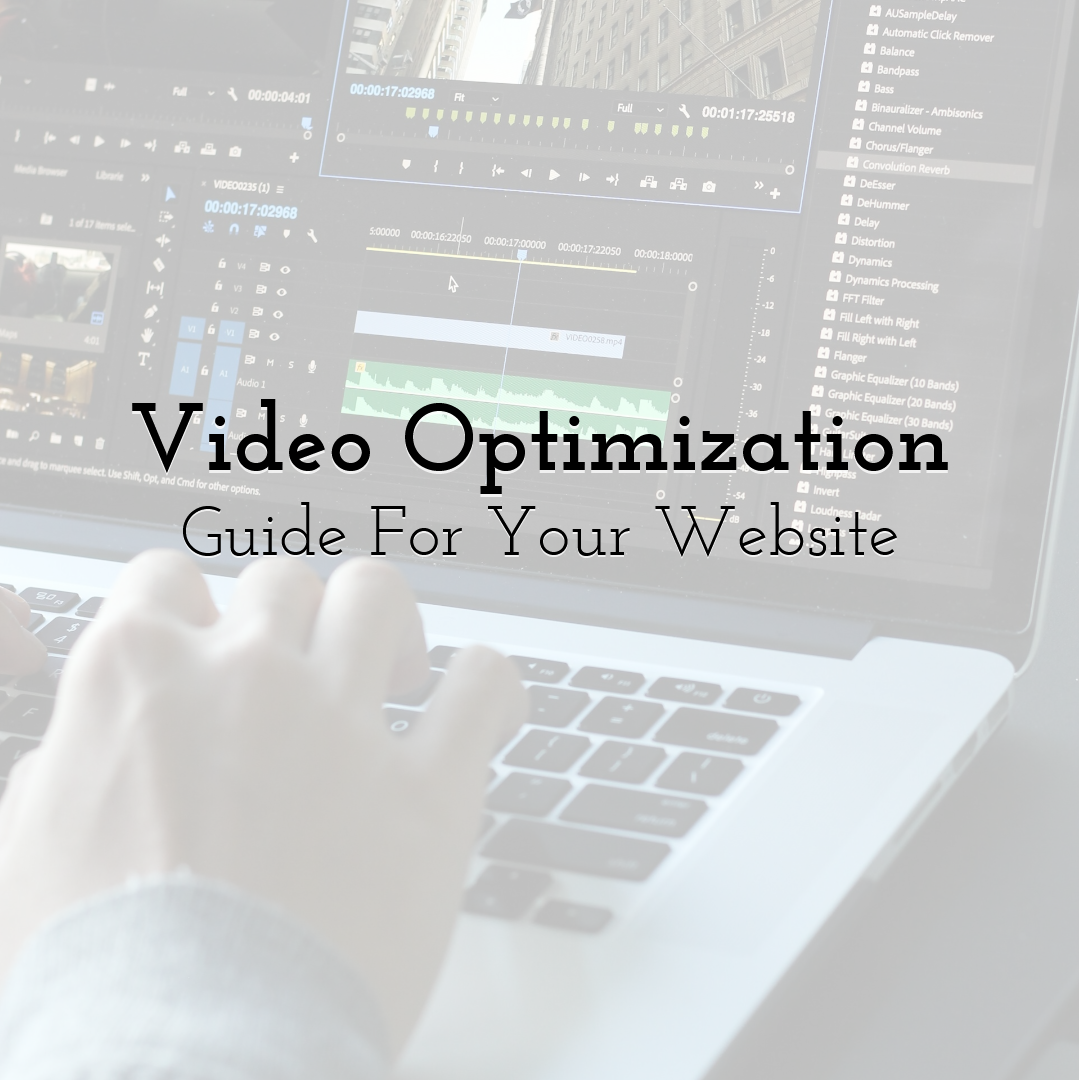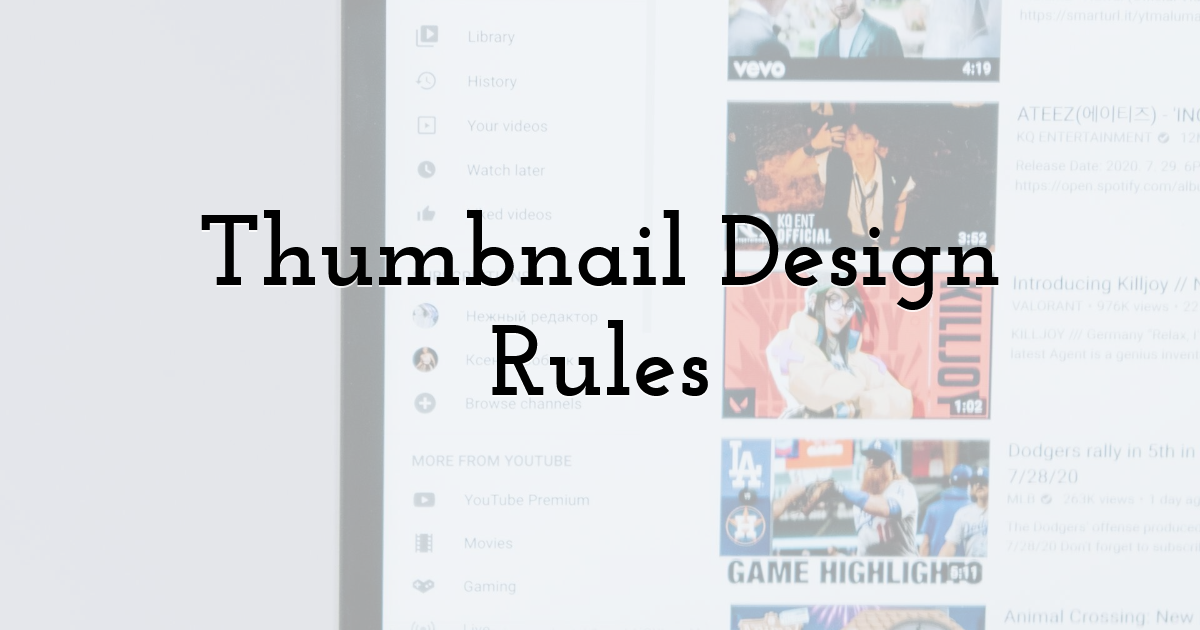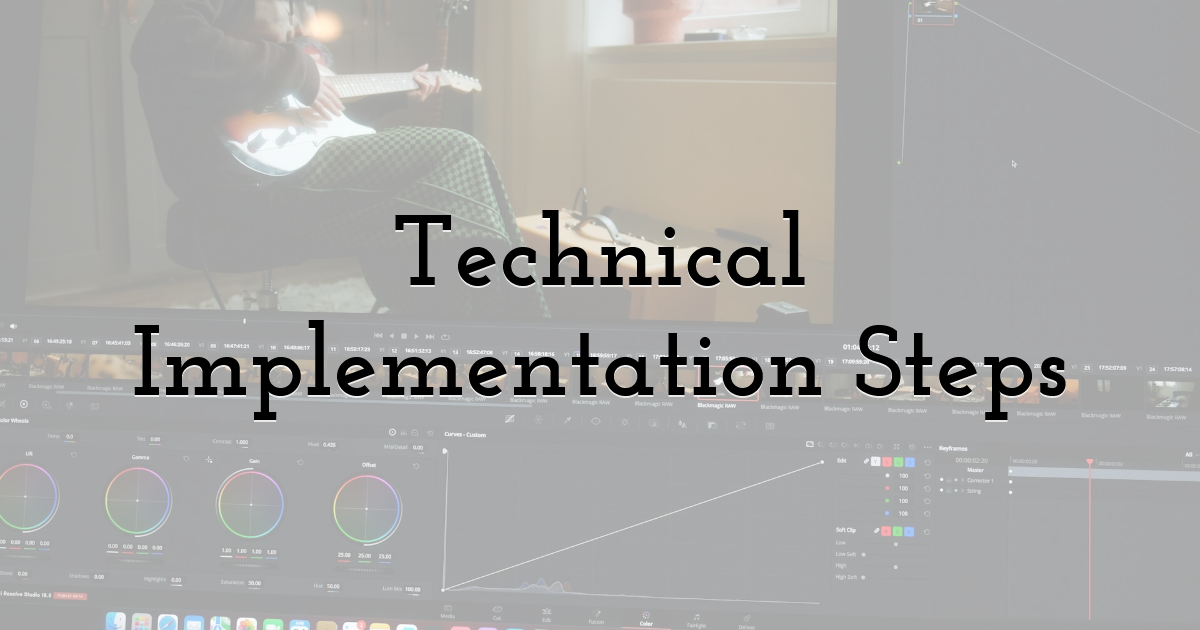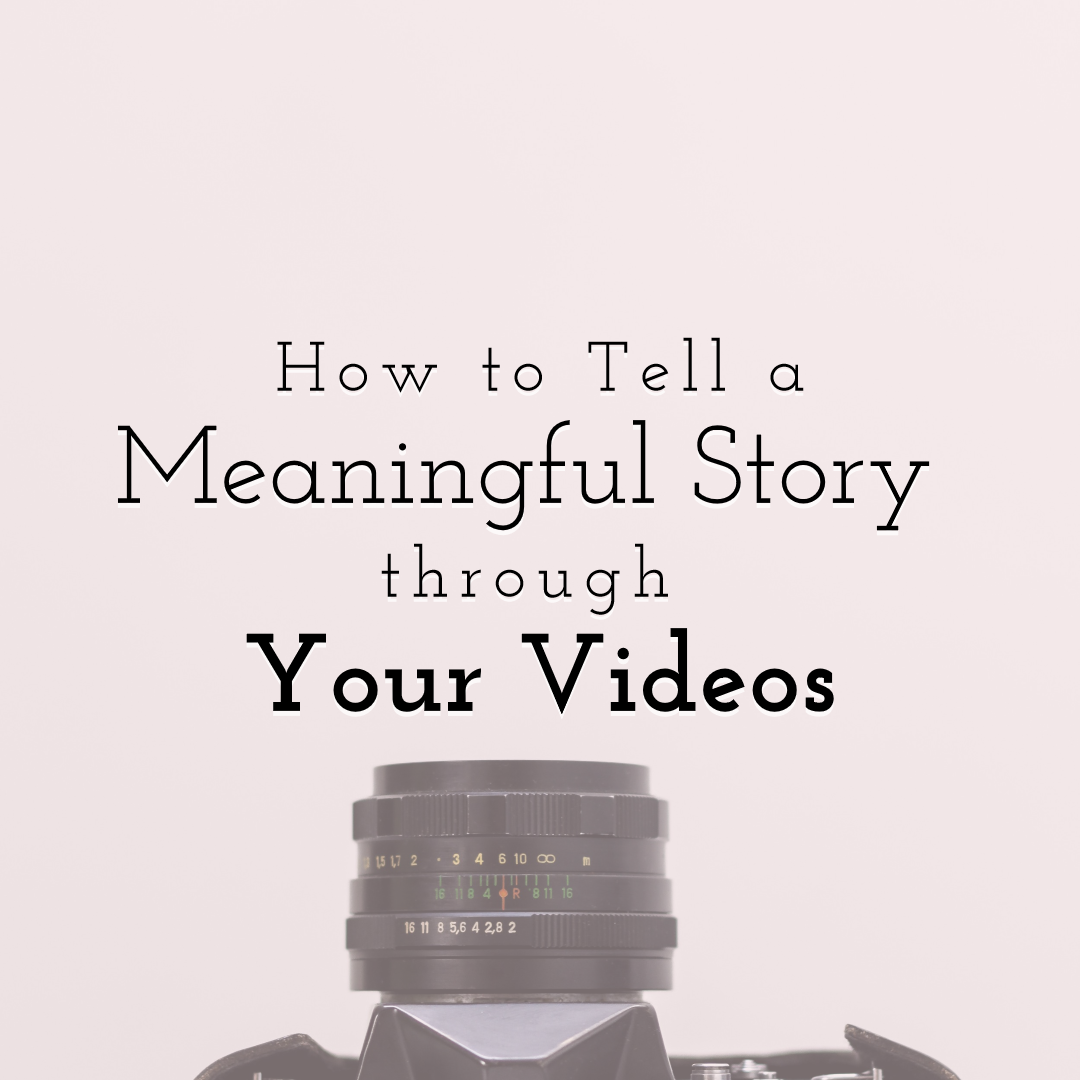Video Optimization Guide For Your Website

Video makes up 82% of consumer internet traffic by 2025. Businesses that ignore video optimization lose traffic, rankings, and sales. This guide covers practical steps to optimize video content for search engines and user engagement.
Title Construction and Keyword Placement

Video titles determine click rates and search visibility. Keywords belong in the first 60 characters. YouTube and Google truncate titles after this point. Place primary keywords at the beginning. Secondary terms follow.
A title reading "How to Fix iPhone Screen" performs better than "Complete Tutorial: iPhone Screen Repair Methods and Techniques." The first version matches user search patterns. People type short queries. Match their language.
Test variations through A/B testing. Change one element at a time. Track click-through rates for each version. Winners become templates for future videos.
Writing Descriptions That Convert

Descriptions need keywords within the first 125 characters. This text appears in search results. Front-load important information. Add timestamps for long videos. Include links to related content.
Write descriptions in the active voice. "This video shows three methods" beats "Three methods are shown in this video." Use numbers when applicable. "5 ways" outperforms "several ways" in testing.
Include a call-to-action. Tell viewers what to do next. Subscribe, visit a website, or watch another video. Be specific. Generic CTAs get ignored.
Server Requirements for Video Processing

Videos demand substantial server resources. A 4K video file requires 375 MB per minute of footage. Processing these files for multiple formats and resolutions puts strain on standard shared hosting. Dedicated servers, cloud platforms, or vps hosting handle video transcoding and streaming better than basic plans. Companies using AWS report 40% faster video processing compared to shared hosting environments.
Video platforms need specific server configurations. RAM requirements start at 8GB for basic video serving. CPU cores affect transcoding speed directly. Storage needs multiply when creating multiple video versions for different devices. Bandwidth calculations must account for concurrent viewers. A single 1080p stream uses 5 Mbps. Ten simultaneous viewers need 50 Mbps sustained throughput.
Short-Form Content Strategy

Videos now average 76 seconds, down from 168 seconds in 2016. Viewers decide within three seconds to continue watching. The hook matters more than production quality.
Vertical format dominates mobile viewing. Upload videos at 1080x1920 resolution. This format saw 51% growth year-over-year. Square videos work for Facebook. Horizontal remains standard for desktop YouTube viewing.
Create multiple versions of each video. A 90-second explainer becomes three 30-second clips. Each clip targets different keywords. This approach triples your content library without additional filming.
Thumbnail Design Rules

Thumbnails generate clicks. Human faces increase CTR by 38%. High contrast between foreground and background improves visibility on small screens. Text on thumbnails should be readable at 120 pixels wide.
Test thumbnail variations weekly. Change one element: color, text, or image. Track performance for a minimum of seven days. Small changes produce measurable results. A red arrow might outperform a yellow one by 15%.
Avoid clickbait tactics. Misleading thumbnails increase bounce rates. Platforms penalize videos with high early abandonment rates.
Transcript and Caption Implementation

Transcripts serve multiple purposes. Search engines index text content. Viewers watch videos without sound in public spaces. International audiences use captions for language learning.
Accuracy matters. Automatic captions contain errors. Review and edit before publishing. Include speaker names for interviews. Add context for visual elements. Describe graphs, charts, or demonstrations in brackets.
Upload caption files in multiple languages. A Spanish caption file expands reach by 30% in US markets. Tools automate translation, but human review improves quality.
Metadata Configuration

Tags connect videos to search queries. Use 10-15 relevant tags. Mix broad and specific terms. "Marketing" paired with "email marketing automation" covers different search intents.
Categories help platforms understand content. Choose the most specific category available. Educational content performs differently from entertainment. Proper categorization affects recommendation algorithms.
Schema markup provides additional context. VideoObject schema includes duration, upload date, and thumbnail URL. Search engines display this information in results. Rich snippets improve click rates by 25%.
Platform-Specific Optimization

YouTube rewards watch time. Longer videos rank higher if viewers stay engaged. Create series and playlists. Link between related videos. End screens drive viewers to the next video.
TikTok prioritizes completion rate. A 15-second video watched completely outranks a partially-watched 60-second video. Comments within the first hour affect visibility. Reply to early comments immediately.
Instagram Reels favor original audio. Videos using platform sounds get wider distribution. Post at peak engagement times for your audience. Analytics show when followers are active.
Performance Tracking Metrics
Monitor specific metrics weekly. View duration indicates content quality. Click-through rate measures thumbnail effectiveness. Engagement rate shows audience interest.
Set benchmarks based on your historical data. Industry averages mislead. Your audience behaves differently from what generic statistics suggest. A 2% CTR might be excellent for technical content but poor for entertainment.
Adjust strategy based on data patterns. Videos posted on Tuesday might outperform Friday uploads. Morning releases could beat evening posts. Test timing systematically.
Technical Implementation Steps

Compress videos without losing quality. H.264 codec works across platforms. Bitrate affects file size and loading speed. Balance quality against performance.
Enable lazy loading for embedded videos. Page speed improves when videos load on demand. Core Web Vitals scores affect search rankings. Fast pages rank higher.
Create video sitemaps. Submit them through the search console. Include all video URLs, titles, and descriptions. Update sitemaps when adding new content.
Host videos on dedicated platforms when possible. YouTube and Vimeo handle bandwidth efficiently. Self-hosting requires substantial infrastructure. CDNs reduce server load for self-hosted content.
Video optimization requires consistent effort. Test changes systematically. Track results accurately. Adapt strategies based on performance data. Success comes from execution, not theory.
Until next time, Be creative! - Pix'sTory
Recommended posts
-

How to Use PixTeller Animation Editor – Features Explained
Read More › -

How to Tell a Meaningful Story through Your Videos
Read More › -

Video Optimization Guide For Your Website
Read More › -

Why YouTube Ads Should Be Part of Every Brand’s Marketing Mix
Read More › -

How to Flip (Mirror-Reflect) Objects
Read More › -

Solid, Linear and Radial Gradient Colors Explained
Read More ›
